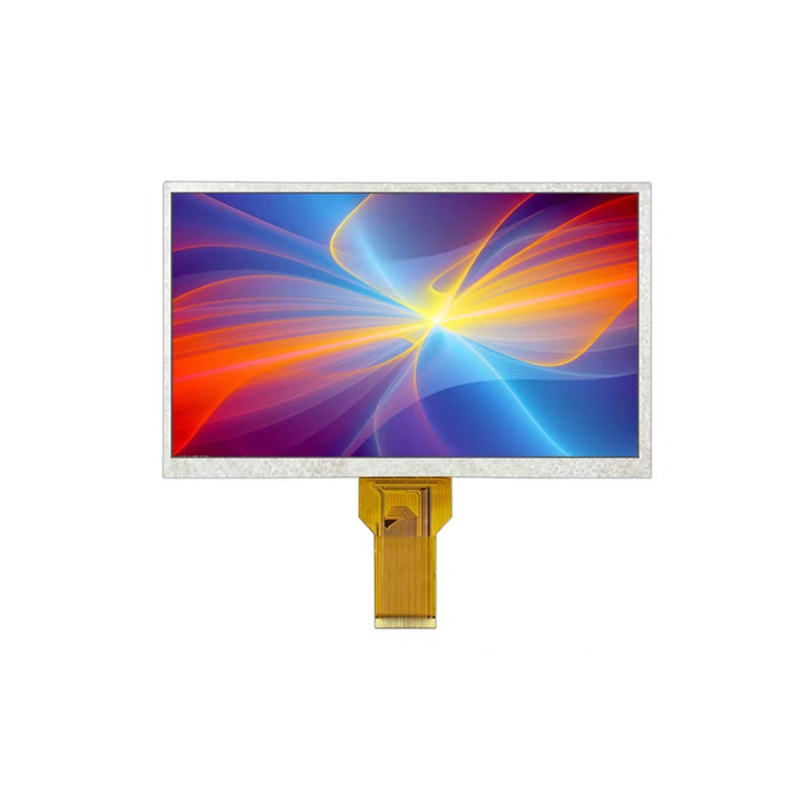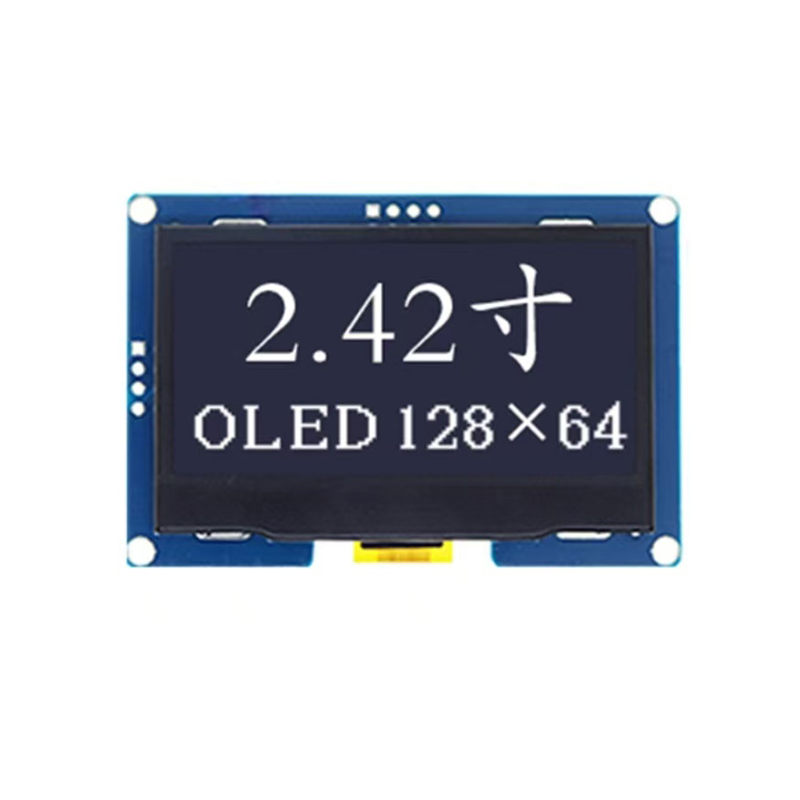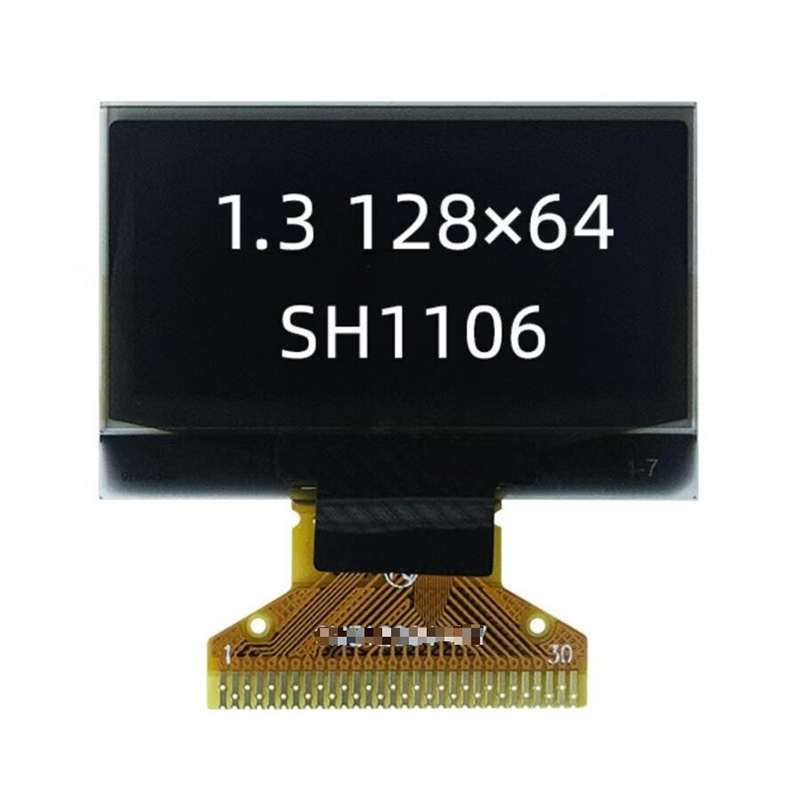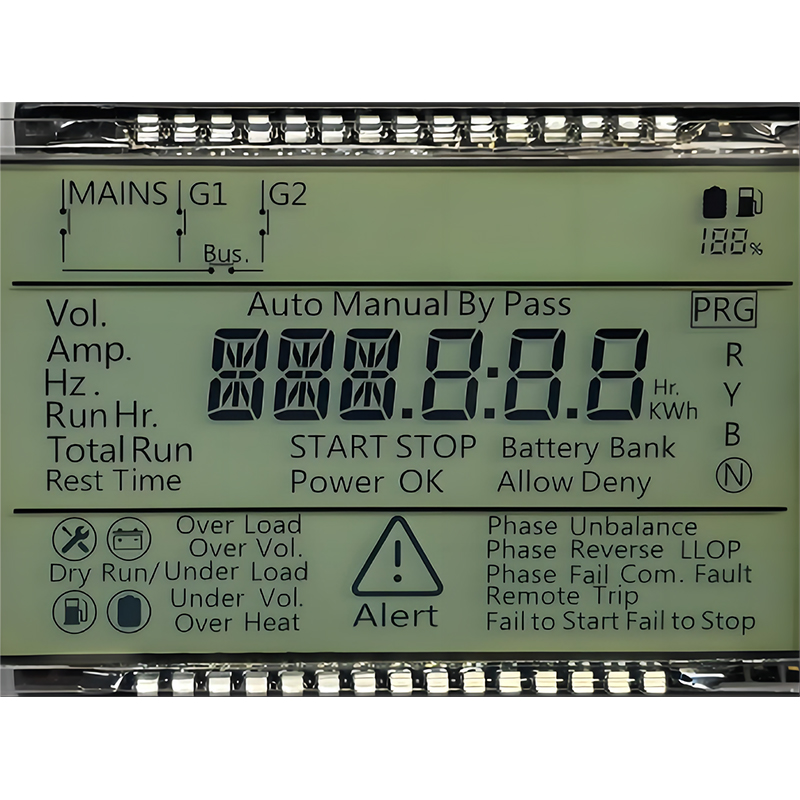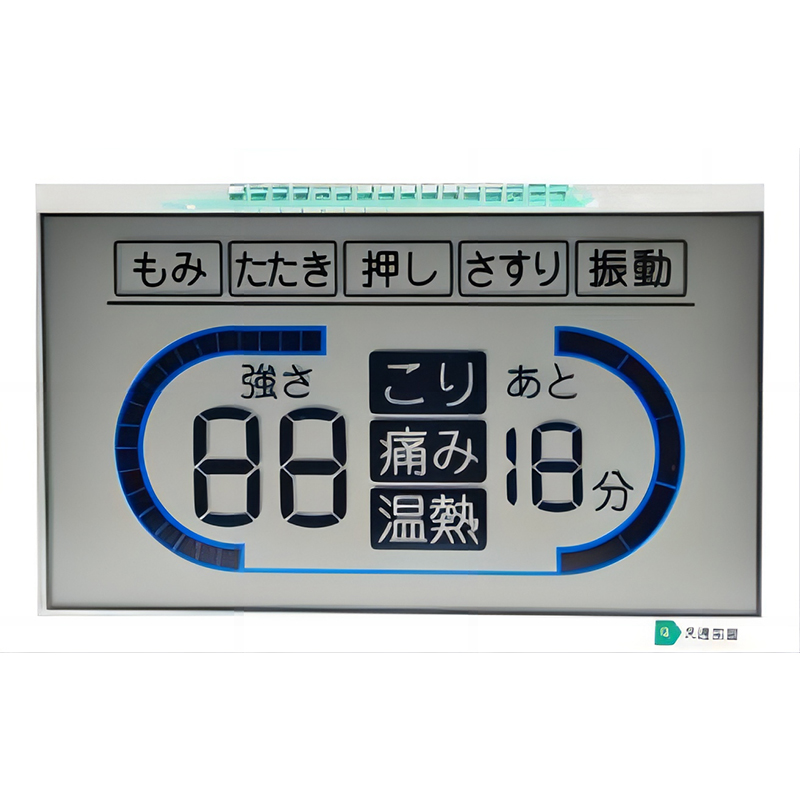
A LVDS TFT display (Low Voltage Differential Signaling Thin Film Transistor display) is a type of flat panel display that uses LVDS technology to transmit video data. This technology offers several advantages over other signaling methods, making it a popular choice for a wide range of applications. LVDS signals are characterized by their low voltage swings and differential signaling, which enhances noise immunity and allows for high data rates over longer distances. This is crucial for transmitting the complex video data required to power high-resolution TFT displays.
LVDS TFT displays come in a variety of resolutions and sizes, ranging from small displays used in portable devices to large displays used in industrial applications. The resolution, measured in pixels (e.g., 1920x1080), determines the image clarity and detail. The physical size, usually measured diagonally in inches, dictates the display's overall dimensions.
Brightness, measured in candelas per square meter (cd/m2 or nits), indicates the display's light output. A higher brightness value means a brighter and more easily visible image, particularly in bright ambient lighting. The contrast ratio expresses the difference in luminance between the brightest white and the darkest black the display can produce. A higher contrast ratio leads to a more vibrant and visually appealing image with deeper blacks and more distinct details.
Response time refers to the time it takes for a pixel to change from one color to another. A faster response time minimizes motion blur and ghosting, making it ideal for fast-paced applications like gaming or video editing. This is typically measured in milliseconds (ms).
The viewing angle specifies the range of angles from which the display can be viewed without significant color shift or loss of image quality. A wider viewing angle provides more flexibility in placement and viewing position.
Selecting the appropriate LVDS TFT display hinges on several factors. Consider the application's specific requirements, including the desired resolution, size, brightness, contrast ratio, response time, and viewing angle. The operating temperature range and power consumption are also important considerations for certain applications.
LVDS TFT displays are used in a diverse range of applications, including:
Different technologies exist within the realm of LVDS TFT displays. For example, there are differences in the backlighting used (e.g., LED vs. CCFL), and variations in the panel technology itself (e.g., IPS, TN, VA).
| Technology | Advantages | Disadvantages |
|---|---|---|
| IPS | Wide viewing angles, accurate color reproduction | Higher cost, slower response time |
| TN | Fast response time, lower cost | Narrow viewing angles, less accurate color reproduction |
| VA | High contrast ratio, good black levels | Viewing angles can be limited, slower response time than TN |
For more information on high-quality LVDS TFT displays and related products, visit Dalian Eastern Display Co., Ltd. They offer a wide range of options to suit diverse needs.
Note: Specific specifications and features can vary depending on the manufacturer and model of the LVDS TFT display. Always consult the manufacturer's datasheet for detailed information.

